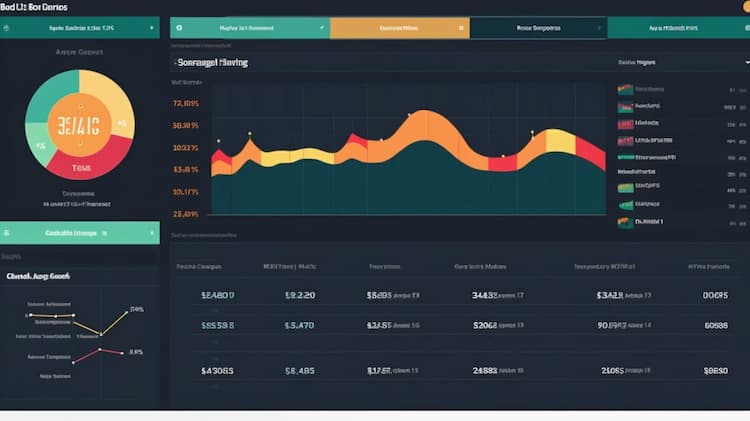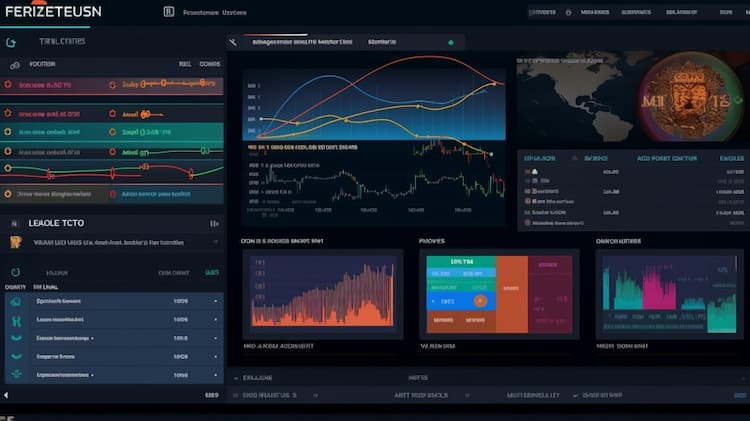
XLE VS ERY
Exchange-Traded Funds (ETFs) have transformed the landscape of modern investing, providing individuals with diversified exposure to various sectors and asset classes. In this article, we will conduct an in-depth analysis of two prominent ETFs: XLE (Energy Select Sector SPDR Fund) and ERY (Direxion Daily Energy Bear 2X Shares). We will explore a wide range of crucial factors, including ETF tickers, full names, issuers, sectors, top holdings, capitalization, strategy, tracking mechanisms, and exposure.
XLE Vs ERY: Overview
XLE and ERY are two distinct ETFs that offer contrasting approaches within the energy sector. While XLE aims to replicate the performance of companies in the energy sector, ERY employs a strategy that seeks to provide inverse daily returns to its benchmark index. These differing investment methodologies translate into disparate risk-reward profiles, which we will delve into in the upcoming sections.
XLE Vs ERY: Sectors and Top Holdings
The XLE ETF primarily focuses on the energy sector, with holdings in companies engaged in activities such as oil, natural gas, and alternative energy. Its top holdings include industry giants like Exxon Mobil, Chevron, and ConocoPhillips. ERY, on the other hand, employs a leveraged strategy that aims to provide twice the inverse return of the daily performance of the Energy Select Sector Index. This unique approach can offer potential benefits for traders who anticipate short-term declines in the energy sector.
 XLE overlap XLE VS ERY
XLE overlap XLE VS ERY
XLE Vs ERY: Capitalization and Strategy
XLE boasts a substantial asset under management (AUM), indicating its popularity among investors seeking exposure to the energy sector's performance. The ETF's strategy revolves around providing a broad representation of the energy industry's performance, making it an attractive choice for those interested in a long-term investment approach. Conversely, ERY's strategy of seeking to deliver amplified inverse returns on a daily basis caters to traders aiming to capitalize on short-term market movements.
XLE Vs ERY: Tracking and Exposure
XLE tracks the Energy Select Sector Index, which comprises companies involved in various energy-related activities. This indexing approach allows investors to gain exposure to a diversified portfolio of energy stocks. On the other hand, ERY seeks to provide double the inverse daily returns of its benchmark index, which can be appealing to investors who believe the energy sector is poised for a downward trajectory. It's important for investors to understand these tracking methods and exposure dynamics to align their investment strategies with their financial goals.
Conclusion
XLE and ERY exemplify how ETFs offer tailored investment options to cater to varying risk appetites and time horizons. Whether you are an investor seeking long-term exposure to the energy sector or a trader looking to capitalize on short-term market movements, there is an ETF that aligns with your goals. For those interested in gaining deeper insights into the intricacies of these ETFs, ETF Insider provides an invaluable tool that grants access to comprehensive information on holdings, correlations, overlaps, and more. With its user-friendly app, ETF Insider equips investors with the knowledge needed to make informed decisions in the complex world of finance.
Disclaimer: This article is intended for informational purposes only and does not provide investment advisory services. Investors are advised to conduct thorough research and seek professional advice before making any investment decisions.
Sources:
Energy Select Sector Index (XLE's Benchmark Index) - Link
Direxion Daily Energy Bear 2X Shares (ERY) - Link
Energy Select Sector SPDR Fund (XLE) - Link
XLE quote and analysis
Discover the top holdings, correlations, and overlaps of ETFs using our visualization tool.
Our app allows you to build and track your portfolio.
To learn more about the XLE Energy Select Sector SPDR Fund, access our dedicated page now.
FAQ
Why is XLE better than ERY?
XLE may be considered better than ERY for some investors due to its specific focus, offering diversification.
Does ERY beat XLE?
ERY's performance relative to XLE will vary over time, depending on market conditions.
Should I invest in XLE or ERY?
The choice between XLE and ERY should align with your investment goals, risk tolerance, and desired exposure.
Are XLE and ERY good investments?
Both XLE and ERY can be suitable investments depending on individual investment strategies, goals, and risk profiles.
What is the correlation between XLE and ERY?
The correlation between XLE and ERY can vary over time, reflecting differences in performance.























